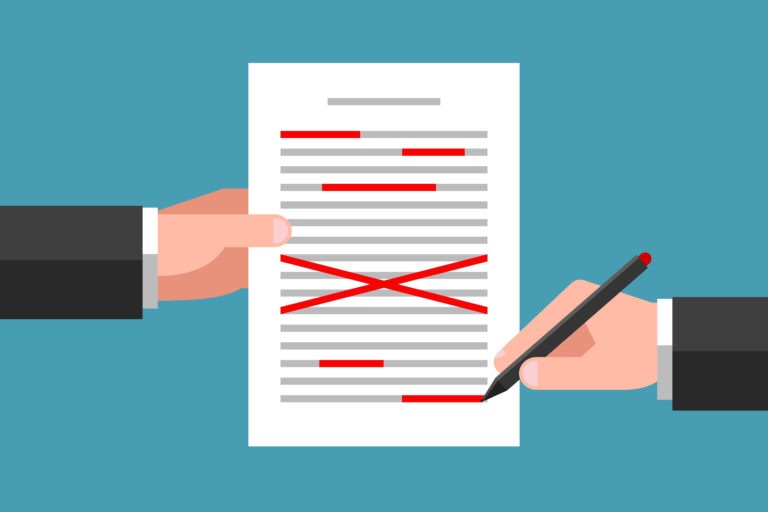Tip #1: Have as many people as possible look at your piece before it goes to press. Our brains tend to ‘auto-correct’ our own mistakes, so even if you’ve read over your piece 10 times, you still could be missing an error that will jump out to someone with fresh eyes. We recommend asking as many friends, family, and “kitchen cabinet” members as possible to read over your piece pre-press to catch errors.
Tip #2: Pay extra attention to those proper nouns. If you have 50 endorser names on your mail piece, it will be very tempting for your busy proofreaders to read over them without checking them one by one, but don’t skip this important step. A “Sarah” who has endorsed you won’t be excited to see their name as “Sara” on your piece. This is also a great chance to check how elected officials and community members present their names online. If you’re seeing that Sarah Smith uses “Dr. Sarah Smith” on all of their professional profiles, it’s worth a quick email or call to see which one would be preferable to use.
Tip #3: Don’t forget to proof your photos – and high resolution photos are always best. The general rule of thumb is that “print-ready” photos are exported at 300 DPI (dots per inch) to avoid looking blurry when printed. This blog post shows how to check the DPI of your images before adding them to your piece.
Tip #4: Double check your disclaimer. Disclaimer law varies significantly depending on the type of communication, the office you’re running for, and your state and county laws. A pen, a mailer, and a digital ad all might have different requirements. If you are unsure, we recommend giving your local Department of Elections or Secretary of State’s office a call. You can also consult with a campaign finance attorney to double check that your disclaimer meets all the requirements.
Tip #5: Read backwards! It sounds a little silly, but a great way to catch misspellings and grammatical errors is to read backwards sentence by sentence. This way, you are focusing your brain’s attention on the words, not the overall themes of the piece.
Tip #6: Remember that translation is an art, not an exact science. There are often several “correct” ways to translate a sentence. Linguistic nuance becomes especially important when translating something like a tagline or slogan. If possible, it is always helpful to ask a couple of community members who speak the language to give feedback on the translation to make sure the translated “voice” and message of your piece is coming across as you intended.
Tip #7: Do a quick final check of photos. This final check will confirm that you have the correct rights to use them if they are not from a paid photo source like Getty or Shutterstock. It’s also a great idea to “zoom in” on the photos you’re using to make sure you’re keeping an eye out for any irregularities – like someone with their eyes closed!
To take a look at our complete proofing checklist, click the button below!




